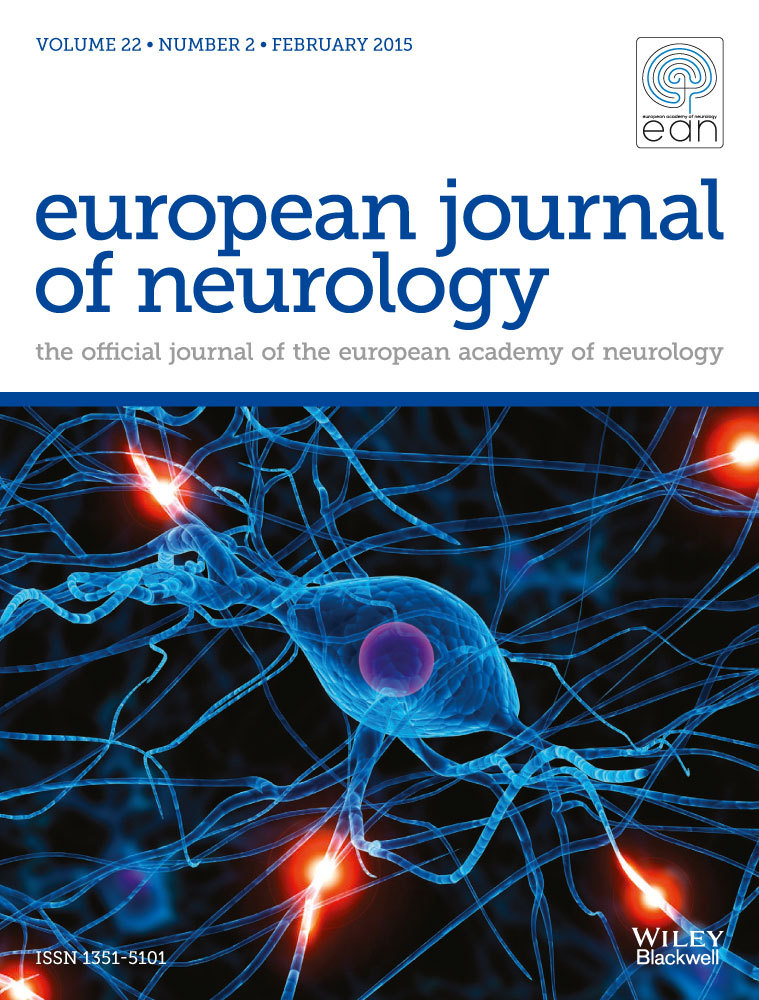The vestibular evoked myogenic potentials (VEMP) score: a promising tool for evaluation of brainstem involvement in multiple sclerosis
Abstract
Background and purpose
Concerning the great importance of brainstem involvement in multiple sclerosis (MS), the aim of this study was to explore the role of the newly developed vestibular evoked myogenic potentials (VEMP) score as a possible marker of brainstem involvement in MS patients.
Patients and methods
This was a prospective case−control study which included 100 MS patients divided into two groups (without and with clinical signs of brainstem involvement) and 50 healthy controls. Ocular VEMP (oVEMP) and cervical VEMP (cVEMP) measurements were performed in all participants and analyzed for latencies, conduction block and amplitude asymmetry ratio. Based on this the VEMP score was calculated and compared with Expanded Disability Status Scale (EDSS), disease duration and magnetic resonance imaging data.
Results
Multiple sclerosis patients with clinical signs of brainstem involvement (group 2) had a statistically significant higher percentage of VEMP conduction blocks compared with patients without clinical signs of brainstem involvement (group 1) and healthy controls (P = 0.027 and P < 0.0001, respectively). Similarly, the VEMP score was significantly higher in group 2 compared with group 1 (P = 0.018) and correlated with EDSS and disease duration (P = 0.011 and P = 0.032, respectively). Multivariate linear regression analysis showed that the VEMP score has a statistically significant influence on the EDSS score (P < 0.001, R2 = 0.239).
Conclusions
Interpretation of the oVEMP and cVEMP results in the form of the VEMP score enables better evaluation of brainstem involvement than either of these evoked potentials alone and correlates well with disability.




